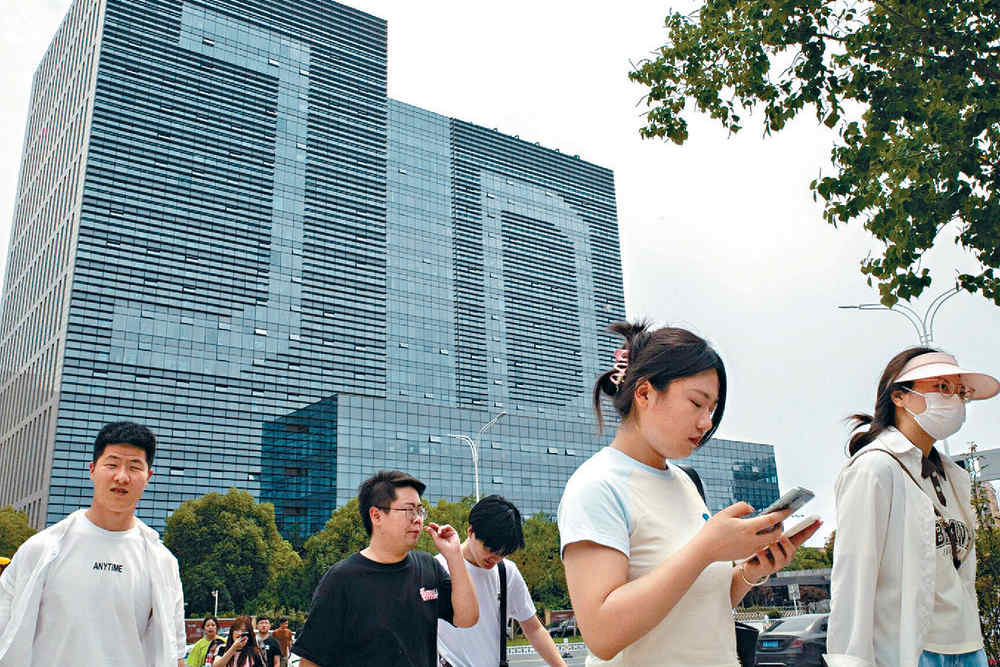
JD.com’s (9618) revenue and net profit in the first quarter beat estimates after it slashed prices and ramped up shopper perks to counter fierce competition and weakening mainland consumption.
The e-commerce giant said income grew 7 percent year on year to 260 billion yuan (HK$281 billion), while net profit jumped by 17 percent to 8.9 billion yuan.
Its shares rose about 4 percent at one stage in US pre-market trading.
JD.com’s results are seen as one of the key bellwethers of Chinese consumption, which has struggled to recover since Beijing lifted nearly three years of Covid curbs.
While chief executive Sandy Xu predicted that Beijing’s policies would shore up consumer confidence, growth in retail sales slumped in March and industrial output fell short of forecasts, in warning signs for an economic recovery this year. The company in recent months has turned to a discount spree and other perks to fend off stiff competition from Alibaba Group (9988) as well as up-and-comers like PDD and ByteDance.
JD nearly doubled salaries for some front-line staff and offered one billion yuan in subsidies and rewards to video content creators on its platform.
It even trotted out a digital avatar of its billionaire cofounder Richard Liu, hoping his name would juice sales ahead of the June 18 festival, China’s second-largest online shopping event.
Benefiting from JD’s growth, its goods delivery arm JD Logistics (2618) also swung to a profit of 322 million yuan from a loss of one billion yuan a year earlier. But JD Health International (6618) posted a 38.7 percent slide in operating income to 487 million yuan.
Another Chinese tech giant Baidu (9888) said its first-quarter net income hit seven billion yuan, up by 22 percent year on year but down by 10 percent quarter on quarter.
But revenue for the quarter edged up 1 percent to 31.5 billion yuan, the slowest growth in more than a year, though the artificial intelligence cloud business drove the non-marketing core business.
Baidu’s shares rose around 1 percent in the pre-market session in the United States.
